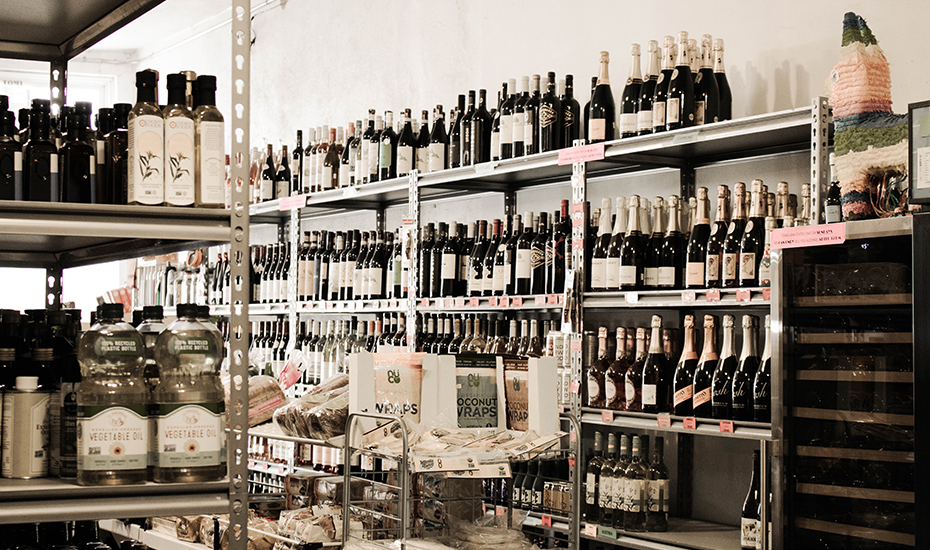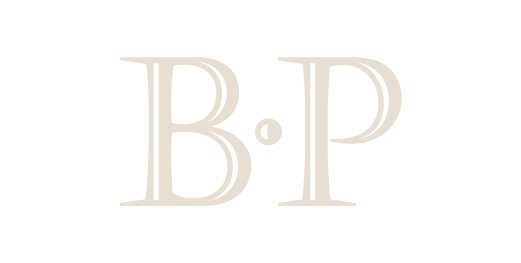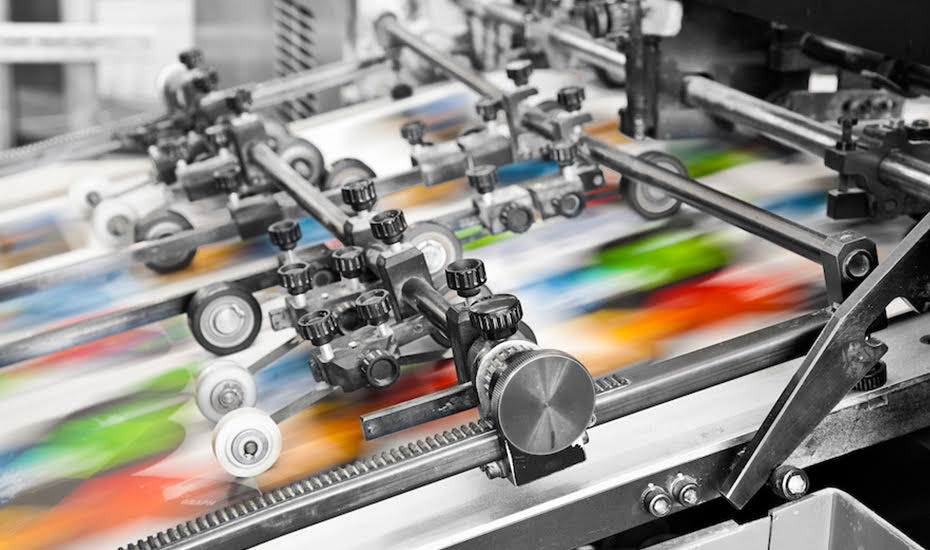
Include These Three Things On Your Next Wine Bottle Tags
November 30, 2022
Waterproof Labels vs Water Resistant Labels for Wine
December 30, 2022The act of understanding wine labels can sometimes be a confusing task. There are TTB wine label requirements that state the necessary information to be regulated and approved. For example:
- What exactly does it mean when a label declares the wine is from California as opposed to another wine label that says the grapes are from a specific vineyard in a particular AVA (specific vineyard zone)?
- Why does one wine label claim the product is a red blend while another label lists a particular variety of grape?
Keep in mind that most of the information that is placed on a wine label is subject to wine label requirements. Each wine producer must register and receive approval by TTB (the Alcohol & Tobacco Tax & Trade Bureau) before producing and using any labels according to TTB wine labeling requirements.
The Electronic Code of Federal Regulations Chapter on Labeling Wine Bottles
Federal regulations that govern the information on wine labels are located in Title 27, Chapter 1, Subchapter A, Part 4. These regulations cover everything from the information you must include on the label to the type of product that counts as wine. Below, we list each subsection of the federal regulations and tell you a little bit about what to expect in each section.
- 4.30 General – This subsection covers application regulations along with unlawful actions when it comes to the act of altering wine labels.
- 4.32 Mandatory Label Information – Labels on the container must contain the name and address of the manufacturer, the net contents, alcohol contents, and any declarations about whether the product contains color additives and sulfites.
- 4.32a Voluntary Disclosure of Major Food Allergens – A warning about major food allergens such as milk, egg, fish, wheat, peanuts, soybeans, crustacean shellfish, highly refined oil derived from a food, and any food ingredients exempt from the labeling of major food allergens.
- 4.32b Petitions for Exemption from Major Food Allergen Labeling – How to submit a petition, when the decision will be made, how to resubmit the petition, and where to view the decision or request a confidential answer.
- 4.33 Brand Names – The product will need to have a brand name, why misleading brand names are not allowed, and this section does not prohibit the use of any foreign brand or trade name not registered with the Patent Office by a certain date in the 1930s,
- 4.34 Class and Type – Information about how the class of wine will be stated and the type of wine will need to be listed in direct conjunction with the true place of origin of the wine.
- 4.35 Name and Address – Each label of American wine needs to state it is “bottled by” or “packed by,” the name of the company, and the address where this action was performed. This subsection also defines the meaning of “produced or made,” “blended,” and “cellared, vinted, or prepared” when it comes to the labels of American or imported wines.
- 4.36 Alcoholic Content – This subsection details when alcoholic content of the product needs to be stated and how it needs to be worded on the label.
- 4.37 Net Contents – The regulations regarding the statement of the net contents of the product and any tolerances towards stating the volume of wine in the container.
- 4.38 General Requirements – The general guidelines and regulations for wine labels including such information as legible type, the size of the type, the information must be in English, the label location, the labels must be firmly affixed, and any additional info, representations, and statement of the contents.
- 4.38a Bottle Cartons, Booklets and Leaflets- The information that is allowed and prohibited for wine labels on products sold at retail, in sealed cartons, or other types of cartons.
- 4.39 Prohibited Practices – The type of information that is prohibited on labels including certain general information, misleading statements, statements on age, bottling dates, miscellaneous dates, health related statements, and simulation of government stamps.
General TBB Guidelines for Labeling Wine – eCFR 4.38
In this section, we discuss general wine label requirements. Since this section applies to the design of a wine label, it contains information that applies to many bottlers of wine.
According to the e-CFR, all wine labels need to be “readily legible under ordinary conditions, and all such statement shall be on a contrasting background.” Contrasting backgrounds are easy to explain but what does “readily legible” mean? It means your type listing, along with other mandatory wine label elements, need to adhere to specific TTB rules. Requirements that impact wine type listings include:
- Required text must be at least two millimeters in size (for containers containing over 187 milliliters) or at least 1 millimeter (for containers with less than 187 milliliters)
- The mandatory information needs to be printed in English
- Important details cannot be obscured by the actual label or other elements
However, these rules don’t mean you can’t be creative and have fun presenting your wine type. As long as you meet these guidelines, you can work the name of the varietal into the design to match your style. Being compliant doesn’t mean you have to be boring.
Hopefully this guide will help answer any questions you have before you begin to design and print your next wine label.
Contact Us Now for More Information
Phone: (707) 927-1315

